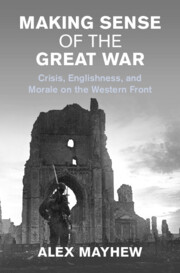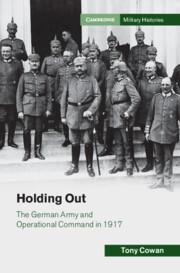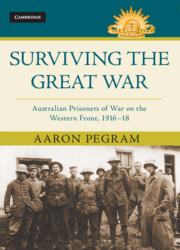Many historians continue to regard the killing of prisoners and potential prisoners on the battlefield as having been an absolute exception during the Great War, something that was ‘episodic’ and happened only ‘in isolated cases’. One reason for this assessment might be the fact that the subject has rarely been examined empirically. This article is the first study directly to compare the actions of the British and the Canadians, the Empire’s two largest armies on the western front. Drawing on a wide range of primary source material, including, for the first time, unit war diaries and after-action reports, this article reveals that documentary evidence exists for scores of separate instances of prisoner killing by British and Canadian troops deployed against German forces between August 1914 and November 1918, with the number of dead ranging from individual enemy soldiers to several hundred victims at once. Examples are recorded of prisoner killing by enlisted men, NCOs and officers, acting either in groups or alone, and furthermore of officers at platoon, battalion, regimental and even corps level either encouraging prisoner killing or issuing explicit ‘take no prisoners’ orders. The level of acceptance that commanders showed for these practices, the openness with which soldiers discussed them in their letters home to mothers, sisters and wives, and the almost complete absence of any disciplinary action against the perpetrators indicate that – on some level – they were regarded as legitimate.


